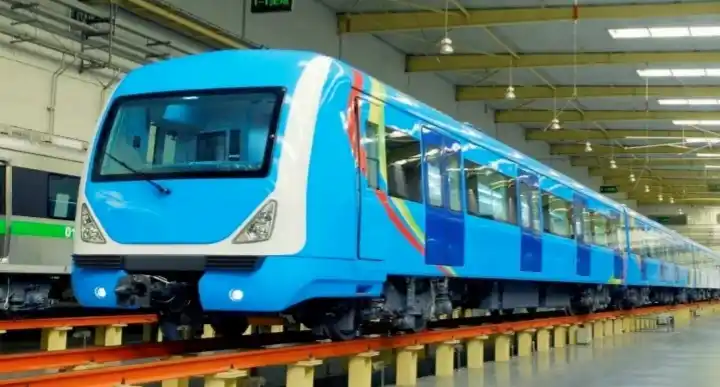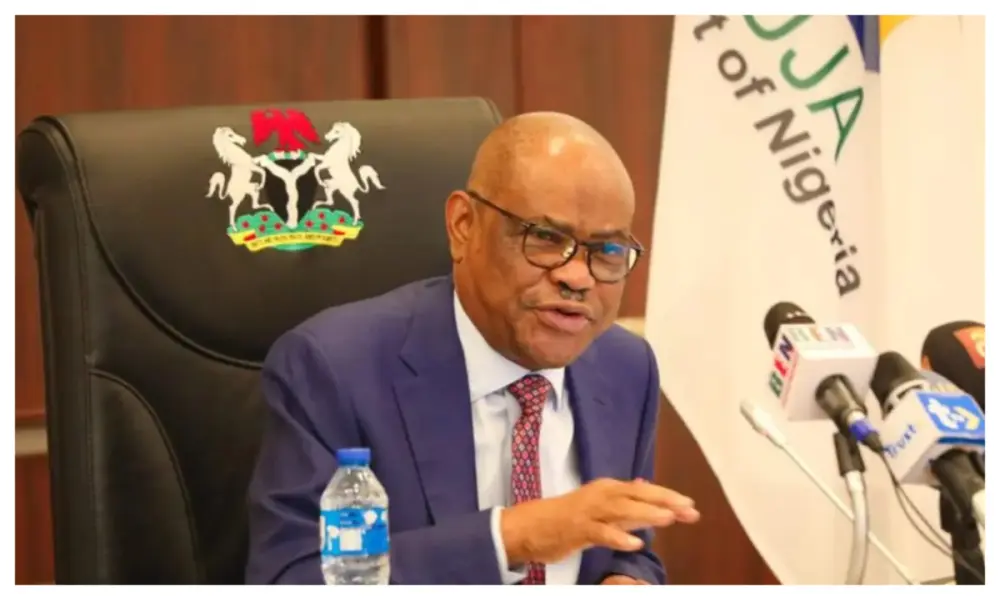The Lagos Rail Mass Transit System is a significant development in Lagos State, Nigeria, with both the Blue Line (already operational) and the upcoming Red Line Rail, to be launched by President Bola Ahmed Tinubu. Let’s explore how these rail projects contribute productively to the environment.
The Lagos Rail projects will no doubt help in Reducing Traffic Congestion in Lagos State.
Lagos is notorious for traffic congestion, which leads to increased air pollution, accidents, and stress for commuters.
Lagos faces severe traffic congestion issues, being one of the most congested cities globally with 40% of Nigeria’s cars registered in the city. Commuters spend at least three hours daily in traffic, leading to various problems like high accident rates and air pollution exceeding recommended limits.
To address these challenges, the Lagos Metropolitan Area Transport Authority (LAMATA) was established in 2003 to enhance transportation. Initiatives include a Bus Rapid Transit (BRT) system and the Lagos suffers from high air pollution levels, often exceeding international recommended limits. The majority of air pollution comes from poorly maintained and unregulated vehicles. The rail system reduces the reliance on cars, leading to cleaner air and better health outcomes.
The Lagos State Rail as a rail system can facilitate efficient waste management by reducing transport waste. Proper waste disposal and management around rail stations which can contribute to a cleaner environment.
The Lagos Rail Line can play a significant role in enhancing efficient waste management by Transporting waste through the use of modern technology. The rail line can be used to transport waste from collection points to designated disposal or recycling centers. This would reduce the reliance on road transport, which often contributes to traffic congestion and delays in waste disposal.
By strategically locating waste collection points near rail stations, waste can be efficiently loaded onto trains for transportation. This would minimize the need for long-distance trucking and reduce the environmental impact.
The rail line can connect to recycling centers, allowing recyclable materials to be transported efficiently. This would encourage more recycling and reduce the amount of waste sent to landfills. The rail line can also serve as a platform for public awareness campaigns on waste management. Information about proper waste disposal, recycling, and reducing waste can be displayed at stations and inside trains.
The rail line authorities can collaborate with waste management agencies to ensure seamless coordination. This includes scheduling waste collection times to align with train schedules and providing designated areas for waste loading and unloading.



